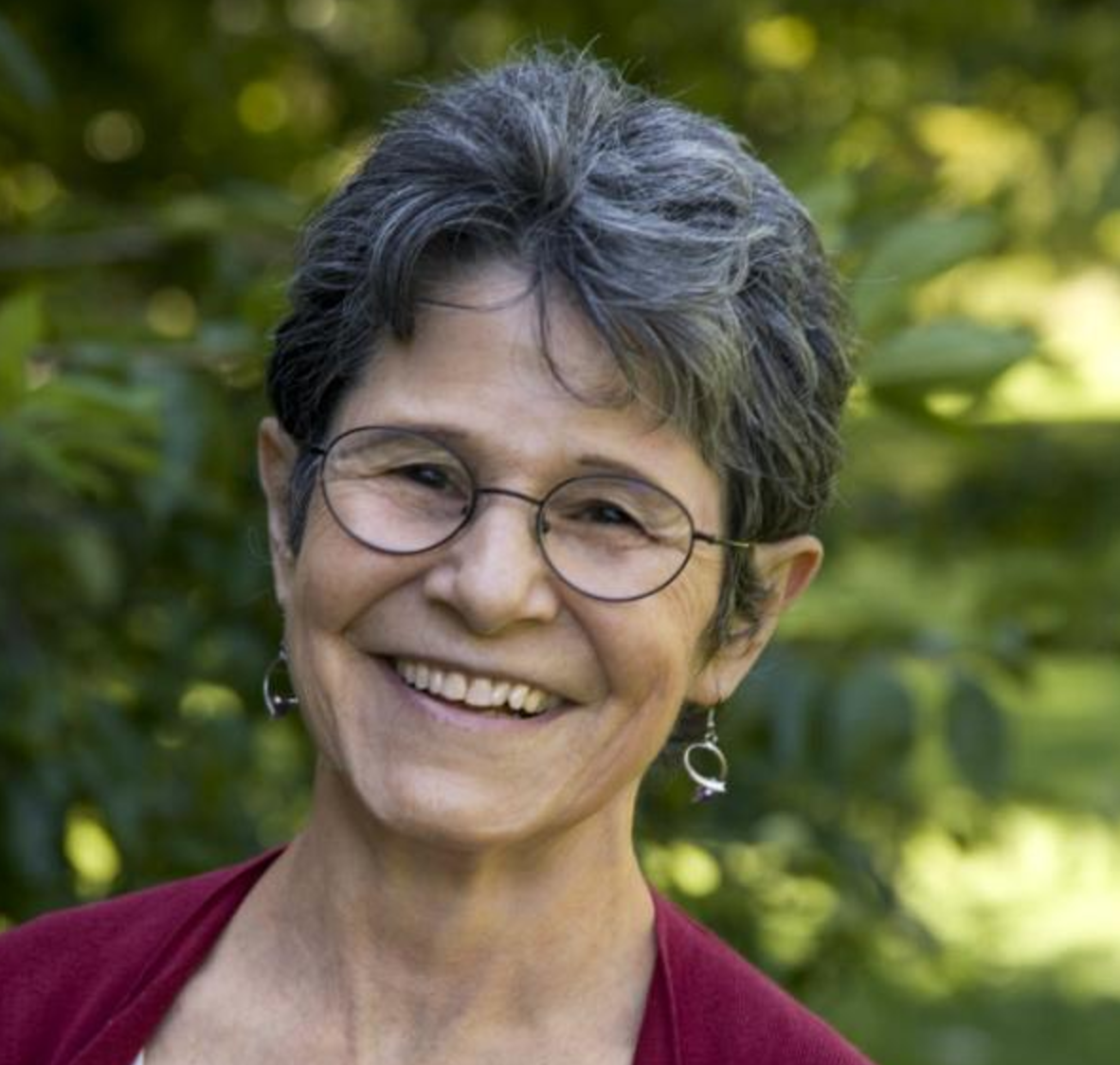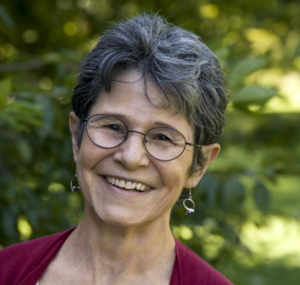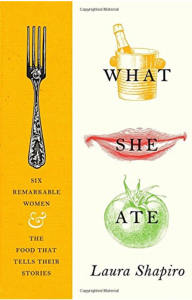
What six eminent women ate

Laura Shapiro’s book reveals, language of food, using six famous women through the culinary prism eyes of food and cooking including what they ate and reveals their attitudes towards food.
William Knight, Philosophy professor, was editing Dorothy Wordsworth’s diaries for publication in 1897, and got exasperated with several petty details that popped up in her pages, like Dorothy darning her brother William’s shirt, rolling pastry for her gooseberry tarts, kneading bread and shopping for sort of gingerbread. He found all this lacked literary and biographical value and immediately expunged from publishing the version.
Food touches on every aspect of lives including personal, social, political, cultural and edifying, yet most biographers pay no attention to people’s attitude towards food, as most never bothered to think about what they have in front of them. Food stories also can be as intimate and tantalising as stories of work, love or coming of age.
Food critic and consultant Laura Shapiro scrutinises six eminent, lively and unpredictable women’s lives and powerful relationship with food, she stumbles on the finer points of their domestic routines and perceptions into their mental state and menu. Shapiro discovered how everyday meals give a map to human character.
Shapiro focuses on food writers and chefs to demonstrate how food is the primary output of domestic labour and how it plays a blatant role in the way the women construct their femininity against all external pressure. Several of the women in this book intentionally use food as a way to arbitrate relationships with men around them.
Shapiro sites the examples of Eva Braun, who controlled food to maintain a glamorous appearance as Hitler’s mistress and challenged warm associations of food, family and table, Helen Gurley Brown, the Cosmopolitan Editor’s obsessive dieting by eating vitamin pills herself, but cooked elaborate meals for her adorable husband.
Dorothy Wordsworth’s life in the Lake District with her poet brother William was disrupted by his engagement to a mutual friend, and preparing food was a way to shore up her place in the household, adhering to her domestic identity.
First Lady, Eleanor Roosevelt’s resorted the mealtime routine, which symbolised the drudgery of having to perform an idealised ladylikeness for her unfaithful husband. Martha Gellhorn made it a point to eat sandwiches before a dinner in the White House.
According to Shapiro food is intimately associated with all our appetites and reveals fascinating insights in to her subject relationships in every domestic partnerships where food is the combat zone.
Novelist Barbara Pym, whose witty books pinpointed characters by a throwaway reference to the way a person preferred their scones or roast beef, abd upended a host of typecasts about post war British cuisine.
Rosa Lewis, Edwardian-era Cockney caterer, succeeded in male dominated world of haute cuisine to scale the social ladder and became the “England’s greatest women chef”and began socialising with Kings and aristrocracy.
Shapiro highlights Wordsworth dining on black puddings, Roosevelt’s scrambled eggs at the table in a dinner-party, Pym noticing Philip Larkin refusing Brie at lunch.
She also reveals tips from royalty: King Edwards favourite dish- boiled bacon and broad beans.
What She Ate: Six Remarkable Women and the Food that tells Their Stories by Laura Shapiro Viking $27, 320 pages.

